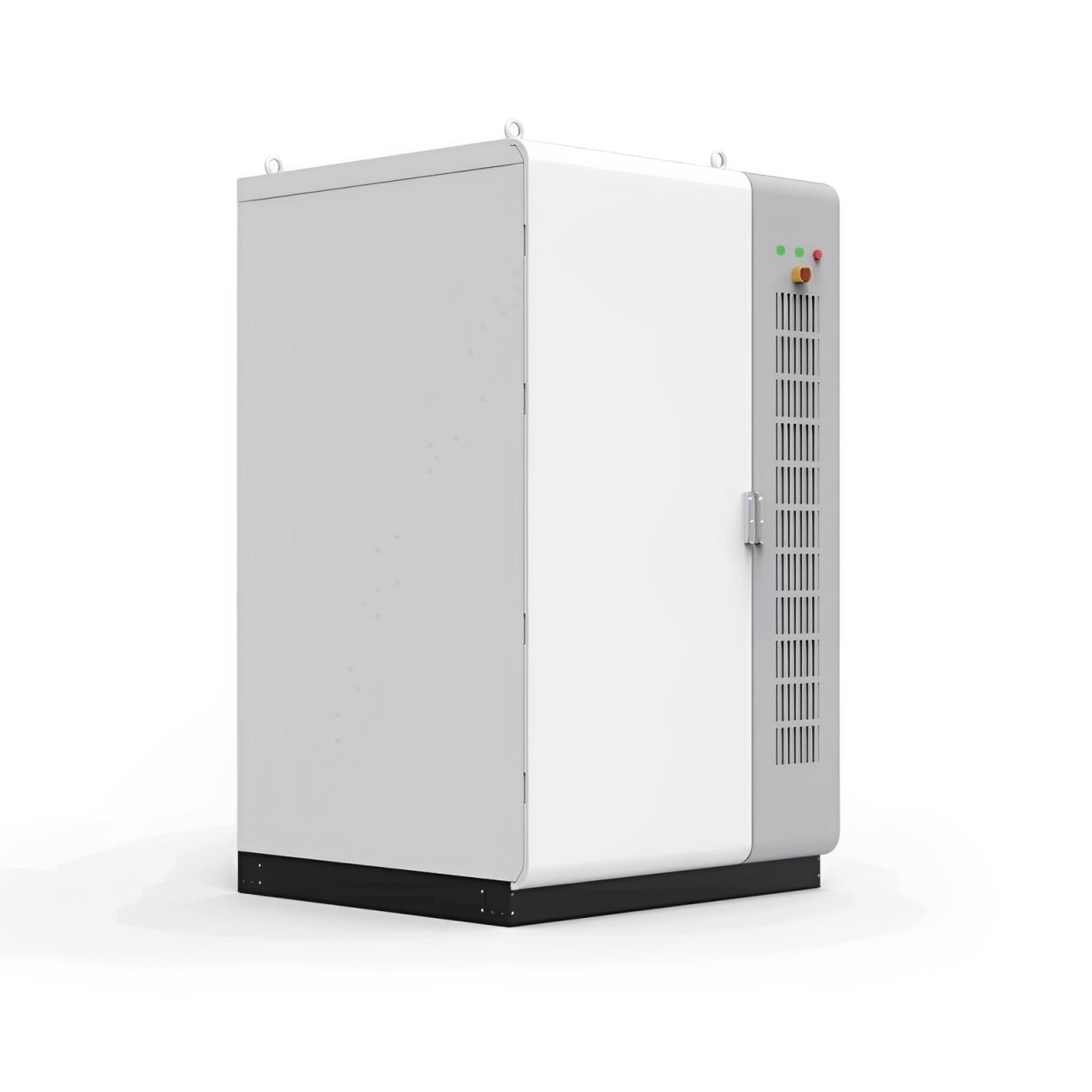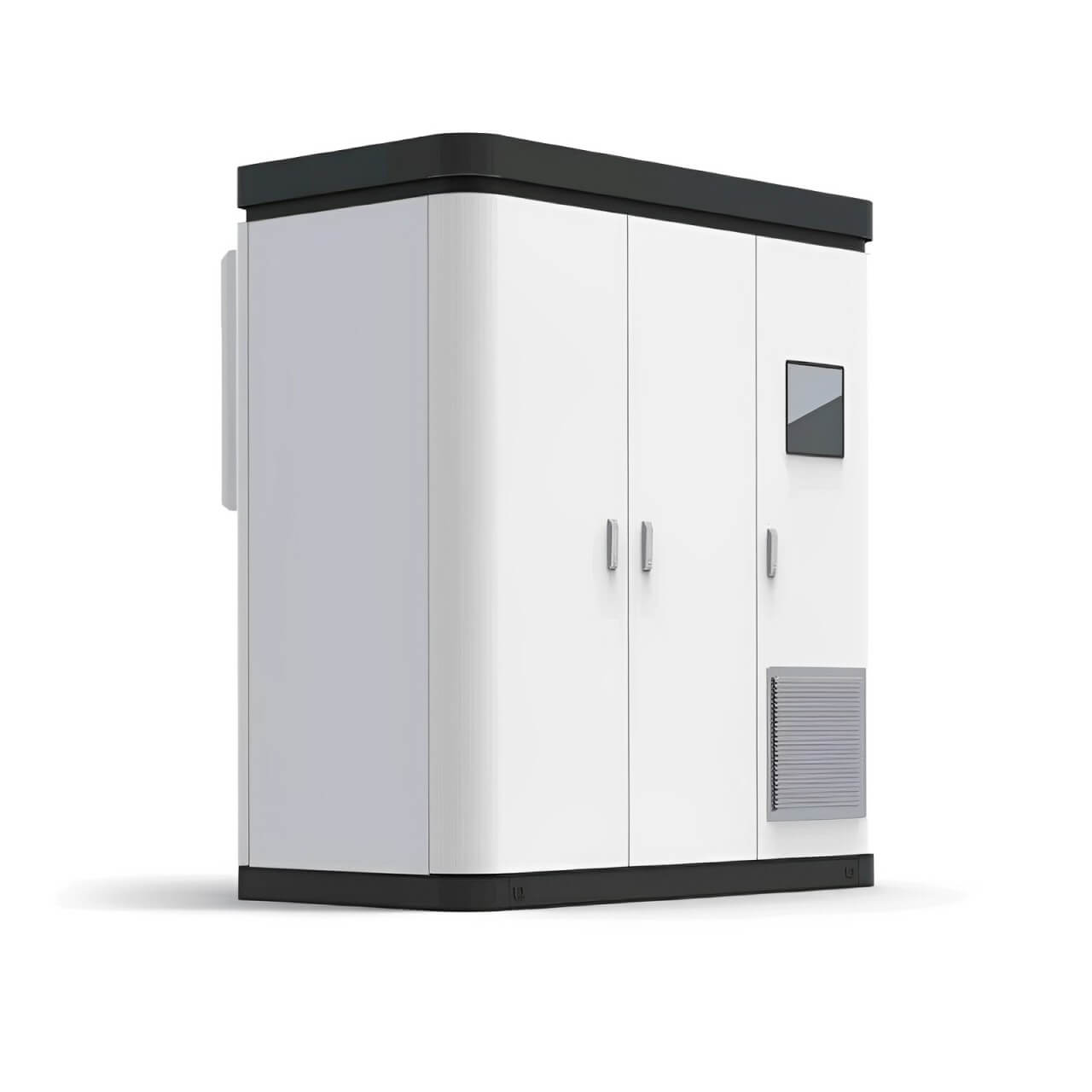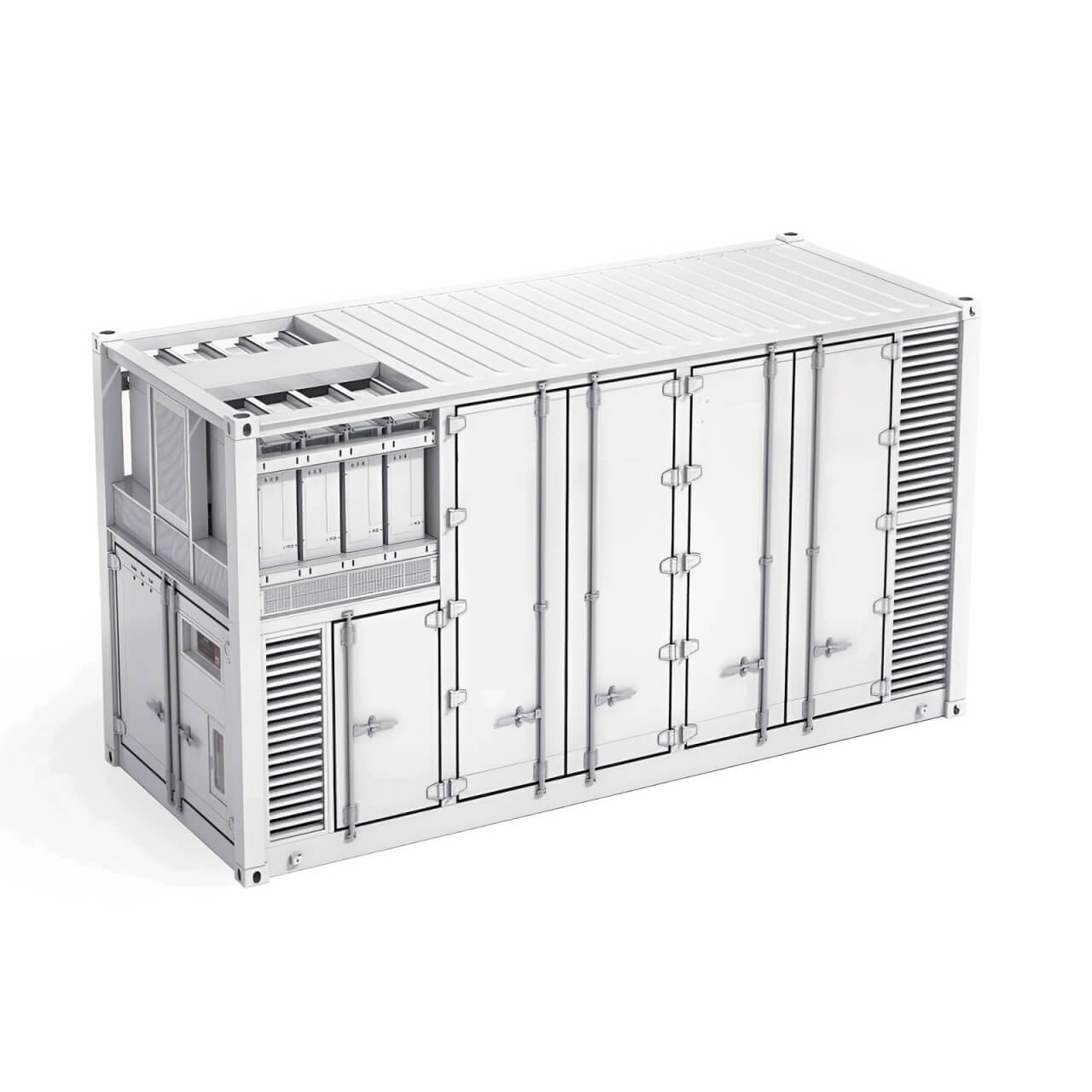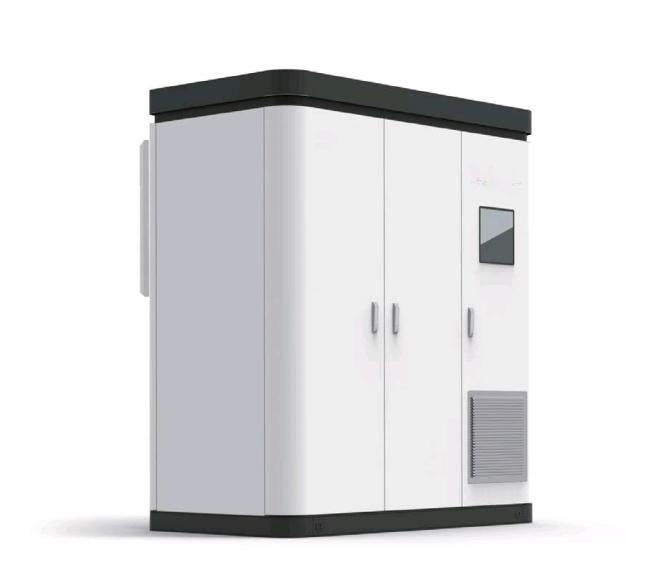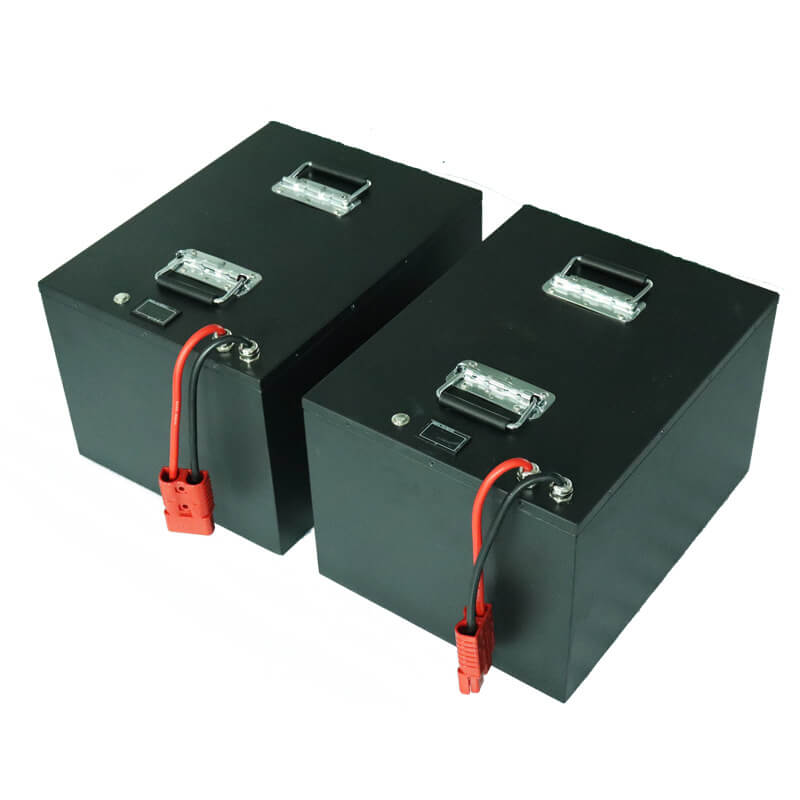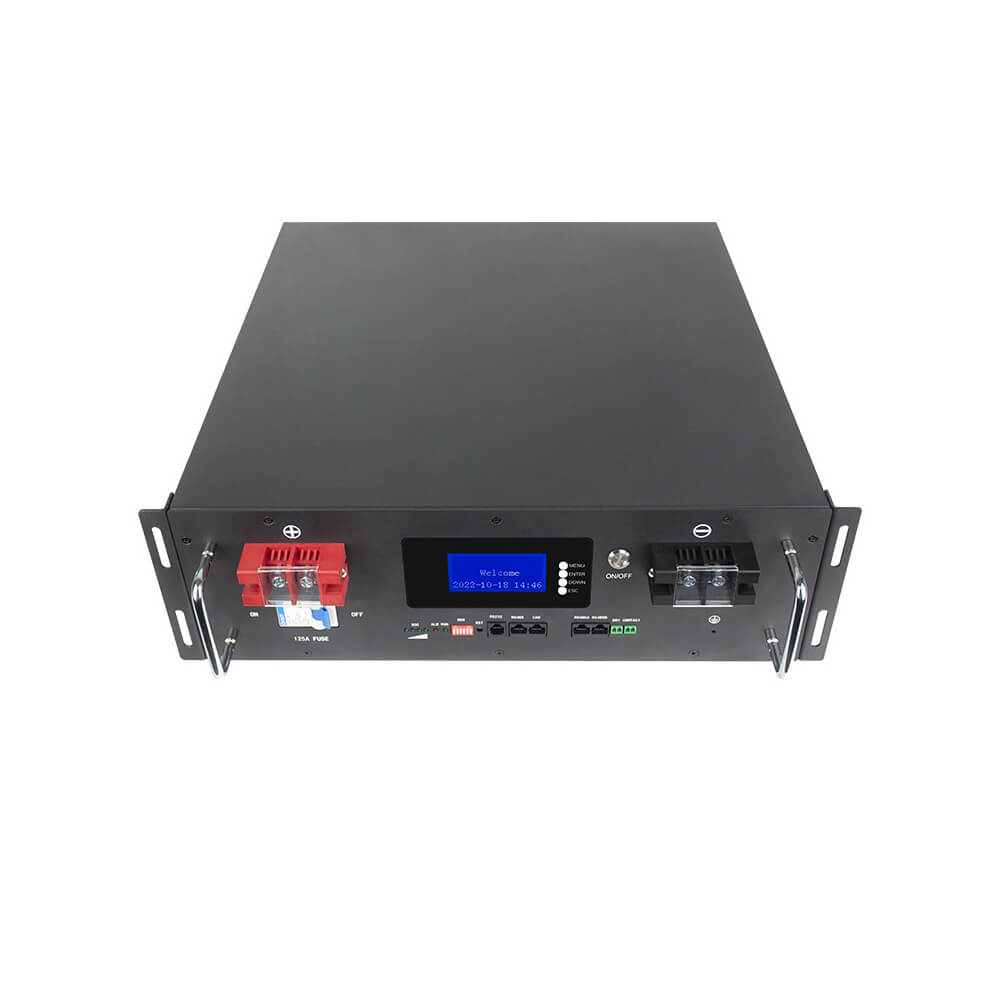Why do lithium iron phosphate power lithium batteries fail?
As a highly competitive positive electrode material for electric vehicles, lithium iron phosphate has attracted the attention of many industry professionals for many years.
CSIT China Lithium Iron Phosphate Power Lithium Battery Manufacturer has sorted out and analyzed the reasons for the failure of lithium iron phosphate power batteries from the aspects of impurities, formation methods, storage conditions, recycling, overcharging and over-discharging.
Ⅰ. Failure during the production process
In the production process, personnel, equipment, raw materials, methods, and environment are the main factors affecting product quality. Personnel and equipment belong to the management category, so the latter three factors are mainly discussed here.
1. Impurities in electrode active materials
During the synthesis process of LiFePO4 (lithium iron phosphate), there will be a small amount of impurities such as Fe2O3, Fe2P, and Fe. These impurities will be reduced on the surface of the negative electrode and may pierce the diaphragm to cause internal short circuit. LiFePO4 is exposed to air for a long time, and moisture will cause the battery to deteriorate.
2. Formation method
During formation, charging with a small current will form a uniform composition and thickness of the SEI film, but it is time-consuming; charging with a large current will cause more side reactions, resulting in increased irreversible lithium ion loss and increased negative electrode interface impedance, but it saves time; the formation mode of small current constant current-large current constant current constant voltage is now more commonly used, which can take into account the advantages of both.
3. Water in the production environment
Water molecules react with lithium salts in the electrolyte, not only decomposing and consuming the electrolyte, but also producing acidic substances HF. Both will destroy the SEI film, and HF will also promote the corrosion of LiFePO4 active substances. Water molecules will also delithiate the lithium-embedded graphite negative electrode part and form lithium hydroxide at the bottom of the SEI film. In addition, O2 dissolved in the electrolyte will also accelerate the aging of LiFePO4 batteries.
4. Personnel, equipment and other factors
Personnel, equipment and other factors are more in the management category. On the basis of passing the technical test, personnel, equipment, etc. should also keep up to jointly achieve the improvement and optimization of product quality.
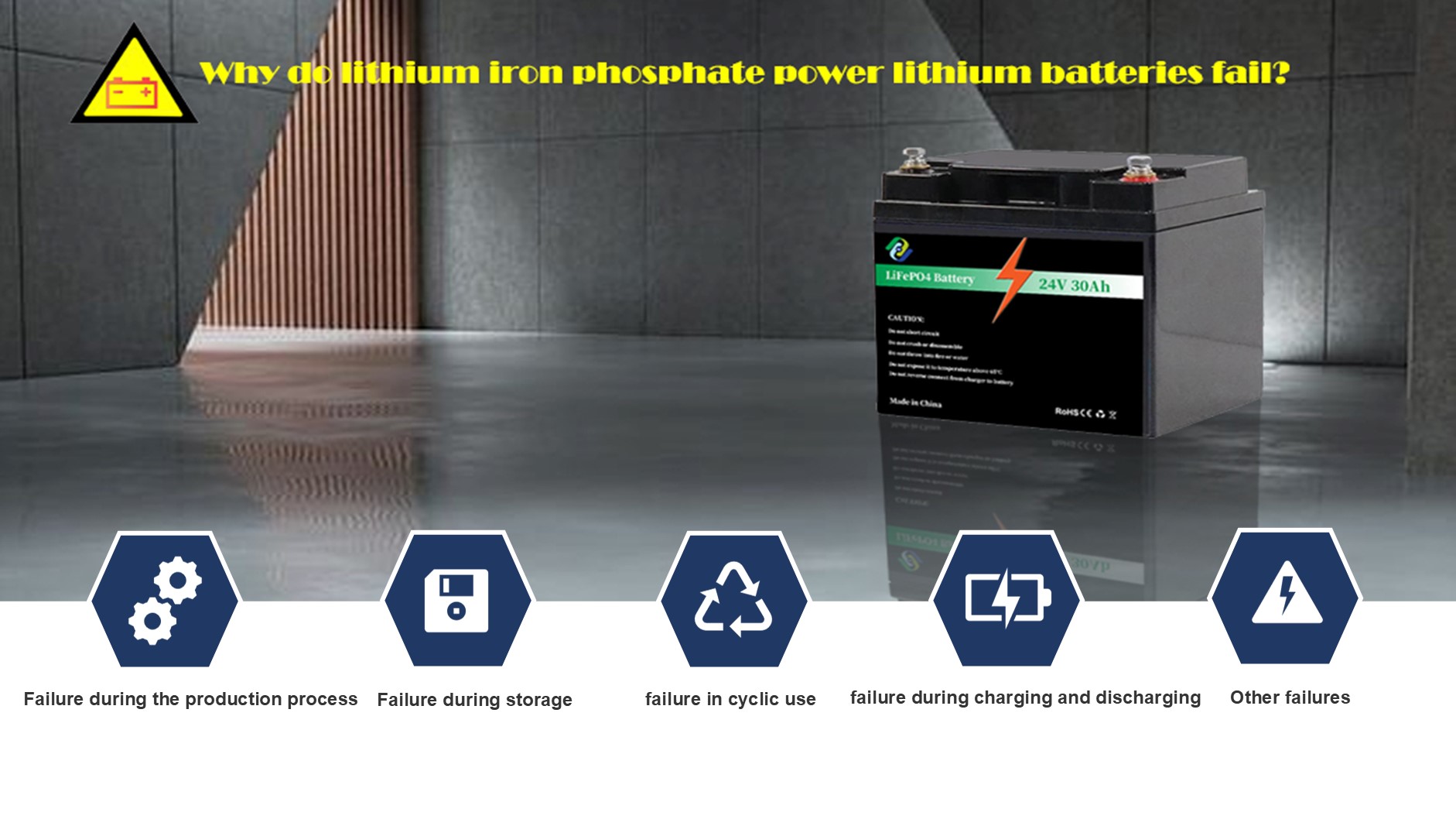
Ⅱ. Failure during storage
Generally speaking, power batteries are in a state of storage for most of the time. After a long period of storage, the battery performance tends to decline more or less, generally showing an increase in internal resistance, a decrease in voltage and a decrease in discharge capacity. There are many factors that cause battery performance degradation, among which temperature, state of charge and time are the most obvious influencing factors.
Storage temperature has a greater impact on the aging of LiFePO4 power batteries, and the impact of storage state of charge is second.
The aging mechanism of LiFePO4 power batteries under different storage states is mainly the side reaction of positive and negative electrodes and electrolytes. In this process, not only active lithium ions are seriously consumed, but also the impedance of the battery is increased, resulting in battery storage aging; in addition, the capacity loss will also increase seriously with the increase of storage temperature. In contrast, with the increase of storage state of charge, the degree of capacity loss is smaller.
Whether in the charging state or the discharging state, no reaction between LiFePO4 and different electrolytes was found within the temperature range of room temperature to 85°C. However, LiFePO4 will still show a certain degree of reaction activity when immersed in LiPF6 electrolyte for a long time: because the reaction forms the interface very slowly, there is still no passivation film on the surface of LiFePO4 to prevent it from further reacting with the electrolyte after soaking for one month.
In addition, when shelved, the bad storage conditions (high temperature and high state of charge) will increase the degree of self-discharge of LiFePO4 power batteries, making the battery aging more obvious.
Ⅲ, failure in cyclic use
Batteries generally release heat during use, so the influence of temperature is very important. In addition, road conditions, usage methods, ambient temperature, etc. will have different effects.
For the capacity loss of LiFePO4 power batteries during cycling, it is generally believed that it is caused by the loss of active lithium ions. Studies have shown that the aging of LiFePO4 power batteries during cycling mainly undergoes a complex growth process of SEI film that consumes active lithium ions. In this process, the loss of active lithium ions directly reduces the retention rate of battery capacity; the continuous growth of SEI film, on the one hand, causes the increase of battery polarization impedance, and at the same time, the thickness of SEI film is too thick, and the electrochemical activity of graphite negative electrode will also be partially inactivated.
During high-temperature cycling, Fe2+ in LiFePO4 will dissolve to a certain extent. Although the amount of Fe2+ dissolved has no obvious effect on the capacity of the positive electrode, the dissolution of Fe2+ and the precipitation of Fe in the graphite negative electrode will catalyze the growth of the SEI film. Most of the loss of active lithium ions occurs on the surface of the graphite negative electrode, especially during high-temperature cycling, that is, the capacity loss of high-temperature cycling is faster.
In addition to the loss of active lithium ions, both positive and negative electrode materials will deteriorate during cycling. The appearance of cracks in the LiFePO4 electrode during cycling will lead to increased electrode polarization and decreased conductivity between the active material and the conductive agent or current collector. The coarsening of LiFePO4 nanoparticles and surface deposits produced by certain chemical reactions together lead to an increase in the impedance of the LiFePO4 positive electrode. In addition, the loss of graphite active materials leading to a reduction in active surface and the peeling of graphite electrode layers are also considered to be the causes of battery aging. The instability of the graphite negative electrode will lead to the instability of the SEI film and promote the consumption of active lithium ions.
The high rate discharge of the battery can provide great power for electric vehicles, that is, the better the rate performance of the power battery, the better the acceleration performance of the electric vehicle. As the discharge rate increases, the capacity loss of the positive electrode increases more than that of the negative electrode. The loss of battery capacity during low rate cycling is mainly caused by the consumption of active lithium ions at the negative electrode, while the power loss of the battery during high rate cycling is caused by the increase in positive electrode impedance.
Although the depth of discharge during the use of power batteries will not affect the capacity loss, it will affect its power loss. Too low or too high charging voltage upper limits will increase the interfacial impedance of the LiFePO4 electrode: the passivation film cannot be well formed under low upper voltage limits, while too high voltage upper limits will lead to oxidative decomposition of the electrolyte, forming products with low conductivity on the surface of the LiFePO4 electrode.
The discharge capacity of LiFePO4 power batteries will drop rapidly when the temperature drops, mainly due to the decrease in ionic conductivity and the increase in interfacial impedance. The main controlling factors that limit the low-temperature performance of the positive and negative electrodes are different. The reduction of the ionic conductivity of the LiFePO4 positive electrode is dominant, while the increase of the interface impedance of the graphite negative electrode is the main reason.
During use, the degradation of the LiFePO4 electrode and the graphite negative electrode and the continuous growth of the SEI film cause battery failure to varying degrees; in addition, in addition to uncontrollable factors such as road conditions and ambient temperature, the normal use of the battery is also very important, including appropriate charging voltage, appropriate discharge depth, etc.
Ⅳ, failure during charging and discharging
In the process of use, the battery is often inevitably overcharged, and relatively less over-discharged. The heat released during overcharging or over-discharging is easy to accumulate inside the battery, which will further increase the battery temperature, affect the battery life, and increase the possibility of battery fire or explosion.
Although LiFePO4 has the best thermal stability compared to other positive electrode materials under different charging conditions, overcharging can also cause unsafe hidden dangers in the use of LiFePO4 power batteries.
One of the main reasons for battery failure under overcharge conditions is the internal short circuit caused by lithium dendrites piercing the diaphragm. The appearance of lithium dendrites and surface film on the graphite negative electrode, the reaction between lithium and electrolyte causes the continuous increase of surface film, which not only consumes more active lithium, but also makes it more difficult for lithium to diffuse to the graphite negative electrode, which in turn further promotes the deposition of lithium on the negative electrode surface, resulting in a further reduction in capacity and coulombic efficiency.
In addition, metal impurities are also generally considered to be one of the main causes of battery overcharge failure. Theoretically, there is a possibility of Fe redox during overcharge/discharge cycles. Fe dendrites will form at both the positive and negative electrodes, pierce the diaphragm to form Fe bridges, and cause micro-short circuits in the battery. The obvious phenomenon accompanying micro-short circuits in the battery is the continuous increase in temperature after overcharge.
During overdischarge, the potential of the negative electrode will rise rapidly, and the increase in potential will cause the destruction of the SEI film on the surface of the negative electrode (the inorganic compound-rich part of the SEI film is more easily oxidized), which will cause additional decomposition of the electrolyte, resulting in capacity loss. More importantly, the negative electrode current collector Cu foil will oxidize. This will increase the internal resistance of the battery and cause the capacity loss of the battery.
The negative electrode current collector Cu foil can be oxidized to Cu+ during overdischarge, and Cu+ is further oxidized to Cu2+. After that, they diffuse to the positive electrode and can undergo reduction reaction at the positive electrode. In this way, Cu dendrites will form on the positive electrode side, piercing the diaphragm, causing micro-short circuits inside the battery. Similarly, due to overdischarge, the battery temperature will continue to rise.
Overcharging of LiFePO4 power batteries may cause electrolyte oxidation decomposition, lithium precipitation, and the formation of Fe dendrites; while overdischarge may cause SEI destruction, resulting in capacity decay, Cu foil oxidation, and even the formation of Cu dendrites.
Ⅴ. Other failures
Due to the low intrinsic conductivity of LiFePO4, the morphology and size of the material itself, as well as the influence of conductive agents and binders are easily manifested.
LiFePO4 with large particles cannot completely remove lithium at the end of charging; nanostructured LiFePO4 can reduce anti-site defects, but its high surface energy will cause self-discharge. In addition, the current collector, diaphragm, electrolyte composition, production process, human factors, external vibration and impact will affect the performance of the battery to varying degrees.

 简体中文
简体中文 Russian
Russian French
French German
German Japanese
Japanese Korean
Korean Arabic
Arabic Spanish
Spanish